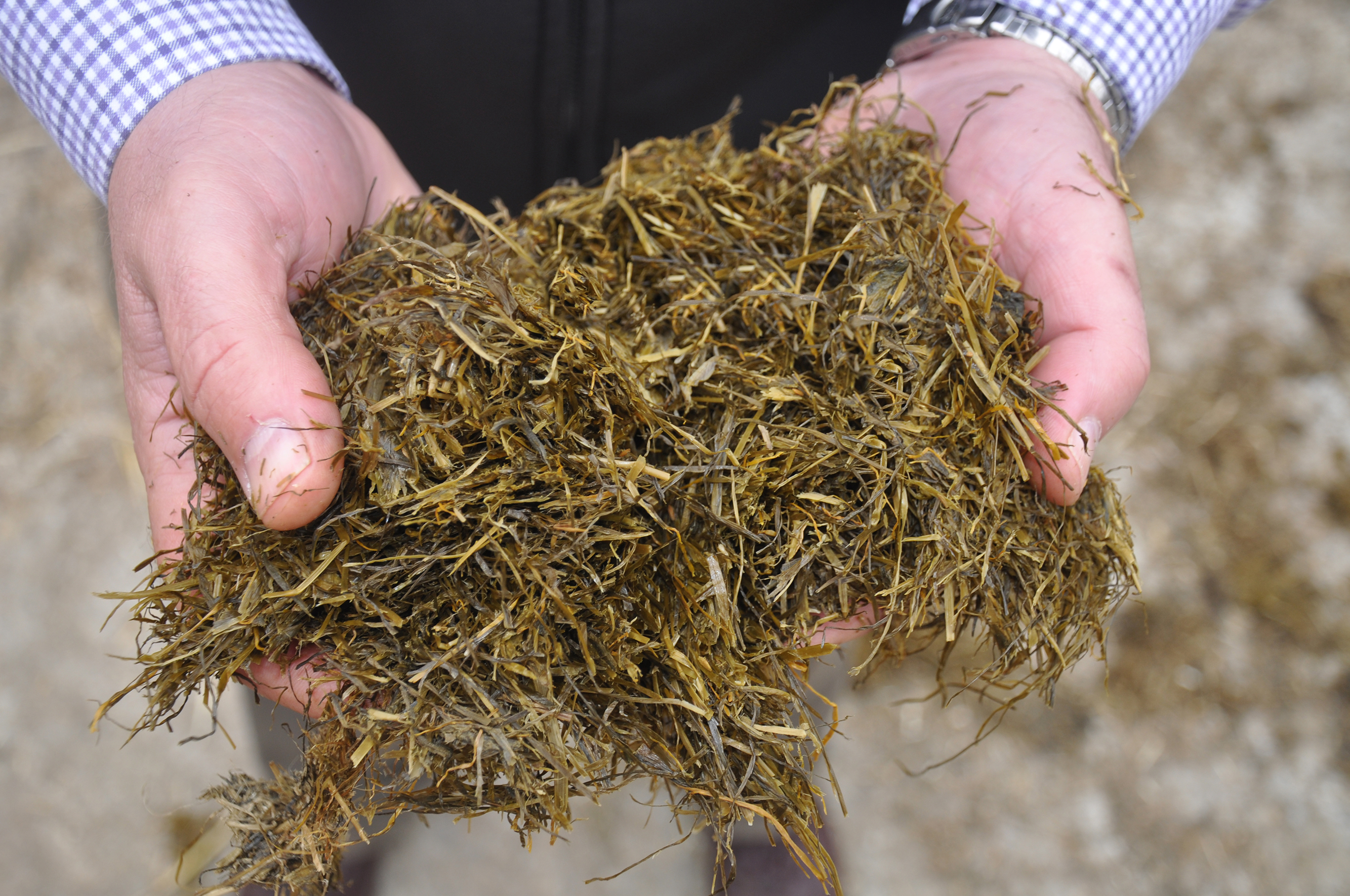What is silage?
Silage is a forage crop that has been preserved by pickling in acid. In a natural fermentation the acid is produced by bacteria present on the crop that, in the absence of air, convert plant sugars mainly into lactic acid.
There are 4 distinct phases associated with ensiling.
- Initial aerobic (oxygen present) - begins immediately after cutting and continues during the initial period after ensiling. It is not helpful to the subsequent fermentation because sugars are wasted as a result of plant and microbial respiration that breaks sugars down to carbon dioxide, in the process producing heat.
- Fermentation – When all the oxygen has been used up and conditions become anaerobic (no oxygen present) the main fermentation occurs. This is brought about by lactic acid bacteria already on the crop or added by inoculation.
- Storage – When fermentation is complete and this storage phase can last a few weeks or several years. During this phase there will be minimal microbial activity and the silage should remain more or less stable provided that the clamp remains sealed.
- Feedout – When the silo is opened for feeding and the silage is exposed to air again. This allows aerobic microorganisms, such as yeasts and moulds, to become very active again and can lead to high DM losses.